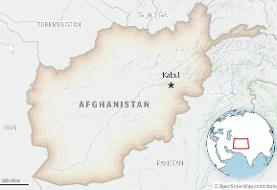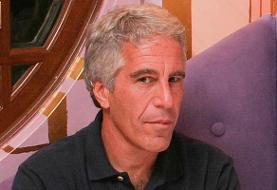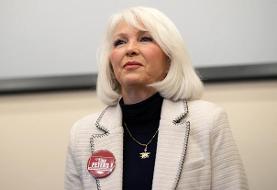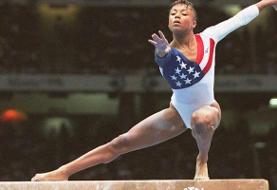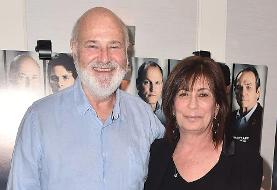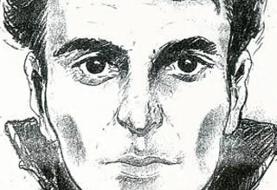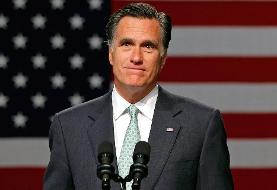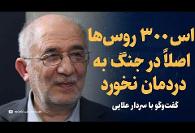What you may not know about Backgammon: Oldest known Persian board game

Although backgammon ("nard" in Persian), the oldest known board game, is said to have originated in 6th Century Persia, but it has seen its fastest commercial growth (in Westernized and software variants) in Europe and America. In backgammon, the playing pieces (checkers) are moved according to the roll of dice, and players win by removing all of their pieces from the board. Although luck factors into the outcome, strategy plays a more important role in the long run. Some little known facts about the game:
- In the 11th century Shahnameh (Persian "Book of Kings"), Ferdowsi credits Burzoe with the invention of the table game nard in the 6th century, as a response to the game of chess introduced by Indians. The number of checkers (30) denoted number of days in a month on ancient Zoroastrian Persian calendar, and 24 bases symbolized the hours in each day. The Board denoted planet earth and checkers represented humans, rotating according to fate (roll of dice sybmolizing rotation of stars), colliding at times (death) and occasionally reviving (reincarnation and birth).
- Although in 13th century France and 16th century England, laws and church regulations prohibited backgammon and table games, but by the 18th century backgammon was largely popular in Europe even among the clergymen.

Wurfzabelspieler (13th Century) Codex Buranus
- Beginning in the mid-1960s, the popularity of Backgammon surged in New York, due to the charisma of Alexis Obolensky a wealthy Russian immigrant, who was known as "The Father of Modern Backgammon." He established the World Backgammon Club of Manhattan and organized the first major international Backgammon tournament in March, 1964 which attracted royalty, celebrities and the paparazzi. The game became a huge fad and was played on college campuses, in discothèques and at country clubs by businessmen and intellectuals. Cigarette, liquor and car companies began to sponsor tournaments and Hugh Hefner (left in picture below) held backgammon parties at the Playboy Mansion. Backgammon clubs were formed and tournaments were held, resulting in a World Championship promoted in Las Vegas in 1967.

Playboy founder Hugh Hefner (left) loves playing backgammon
- Tim Holland, a well dressed 6’3” tall New Yorker, known for his adulterous lifestyle, chain smoking and self-confidence, won several of world's major backgammon championship tournaments in the 60's and 70's, and wrote three authoritative books on the game. Tim Holland was divorced four or five times, and he passed away in March 2010.

Tim Holland
- In recent years, there have been several large backgammon tournaments in Monte Carlo, London, Las Vegas and the Bahamas. The World Series of Backgammon (WSOB) is a major televised live tour which was held in 2006 in Cannes and in 2007 in the Bahamas with a prize pool of one million dollars, the largest for any tournament to date. Although most top rated players in the WSOB list came from Europe or America, one Iranian immigrant in Norway, Shahab Ghodsi, emerged as the 2009 winner and has attracted a lot of attention, especially because of his casual personality and entertaining style of conversation (video below).
»This is a summary of the original feature in Farsi. To request a more extensive translation of the Farsi text, please contact us.
©
2026
Kodoom LLC All Rights Reserved









